-
Emotion In Storytelling: Kindness and Pathos
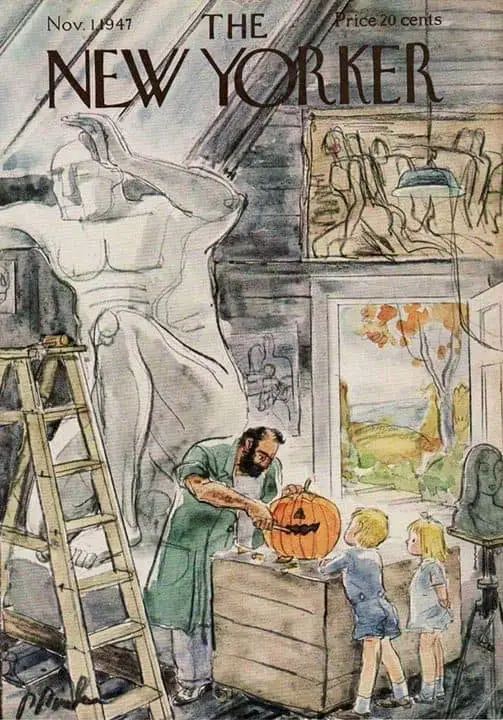
How does a storyteller create pathos in an audience? It’s not done by making a character sad. Nor is it done by simply killing a character off. Characters extending kindness to others is a far more reliable trick.
-
Jane Campion’s The Piano Film Study
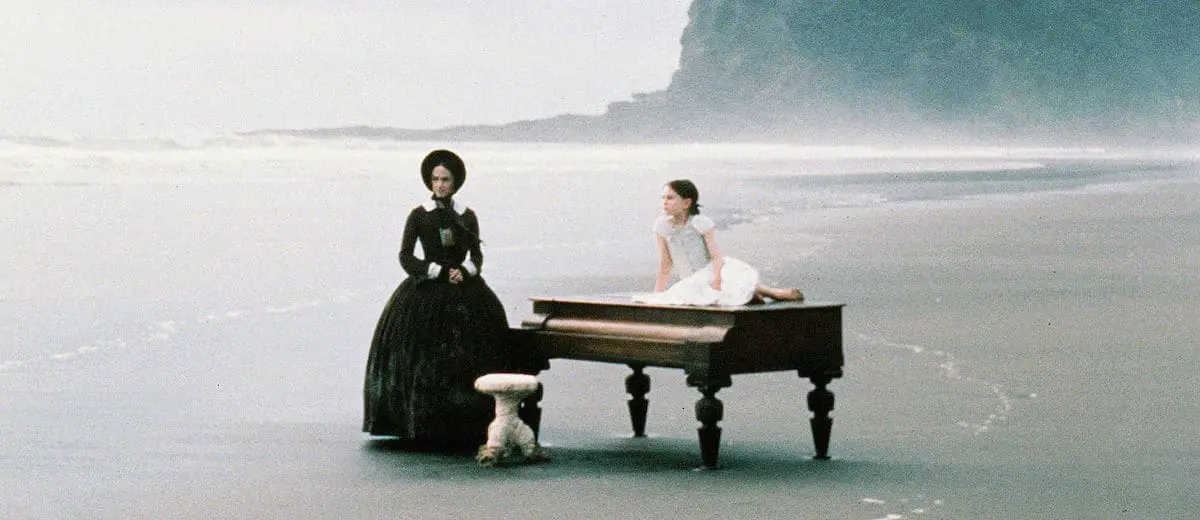
The Piano (1993) is a lyrical, fairytale film written and directed by Jane Campion, set and filmed in New Zealand near the beginning of white colonisation. SETTING OF THE PIANO Like many creative New Zealanders, Campion comes from Wellington. I don’t know why so much creativity comes out of the Wellington region, but I suspect […]
-
The Cat In The Hat by Dr Seuss: Archetypal Carnivalesque
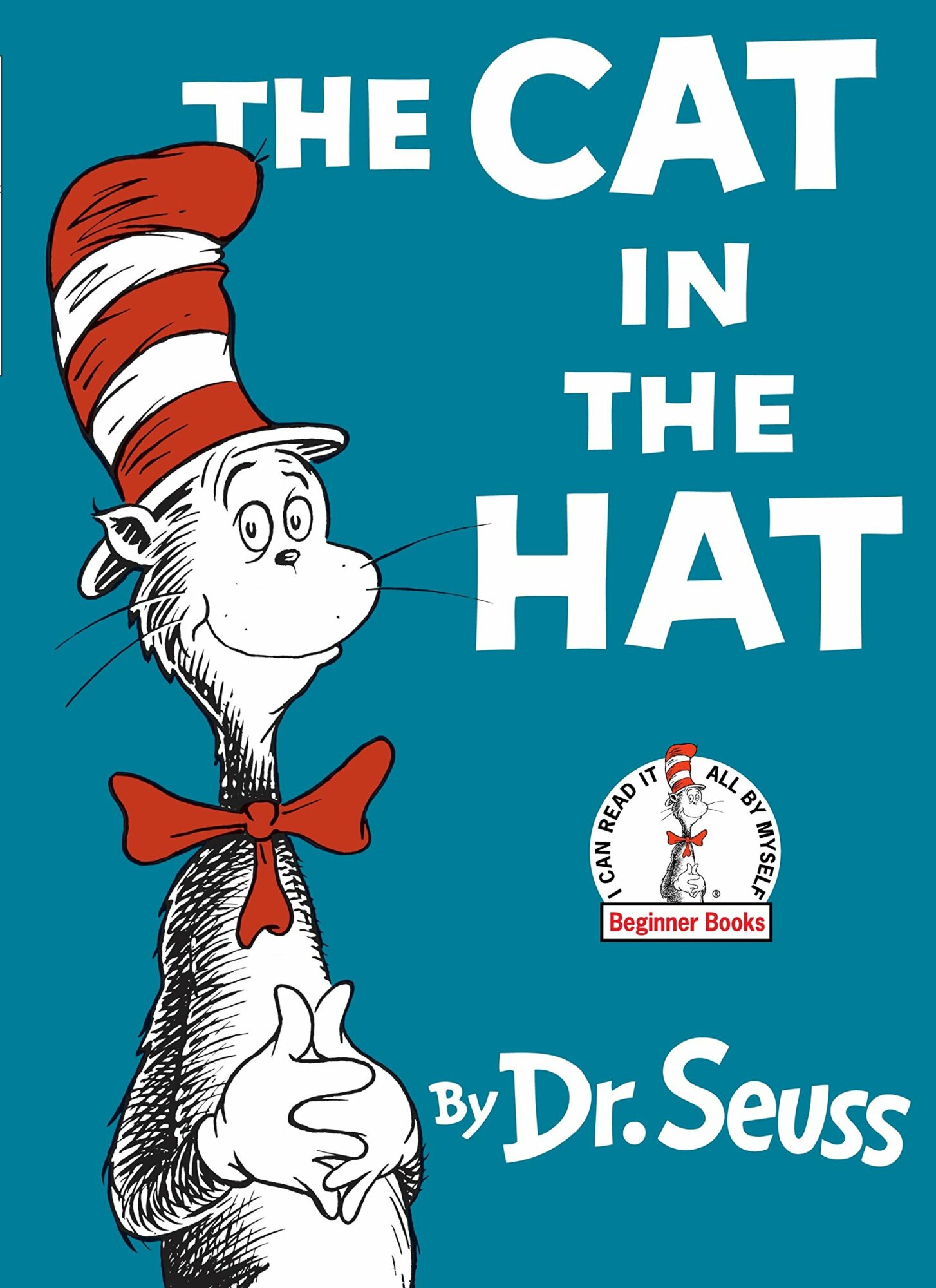
The Cat in the Hat is a 1957 children’s book written and illustrated by the American author Theodor Geisel, using the pen name Dr. Seuss. I keep mentioning this book as an archetypal example of the carnivalesque story subgenre in children’s literature but I’ve never actually broken that down, until now! THE REVOLUTIONARY POWER OF […]
-
What Is Psycho Narration?
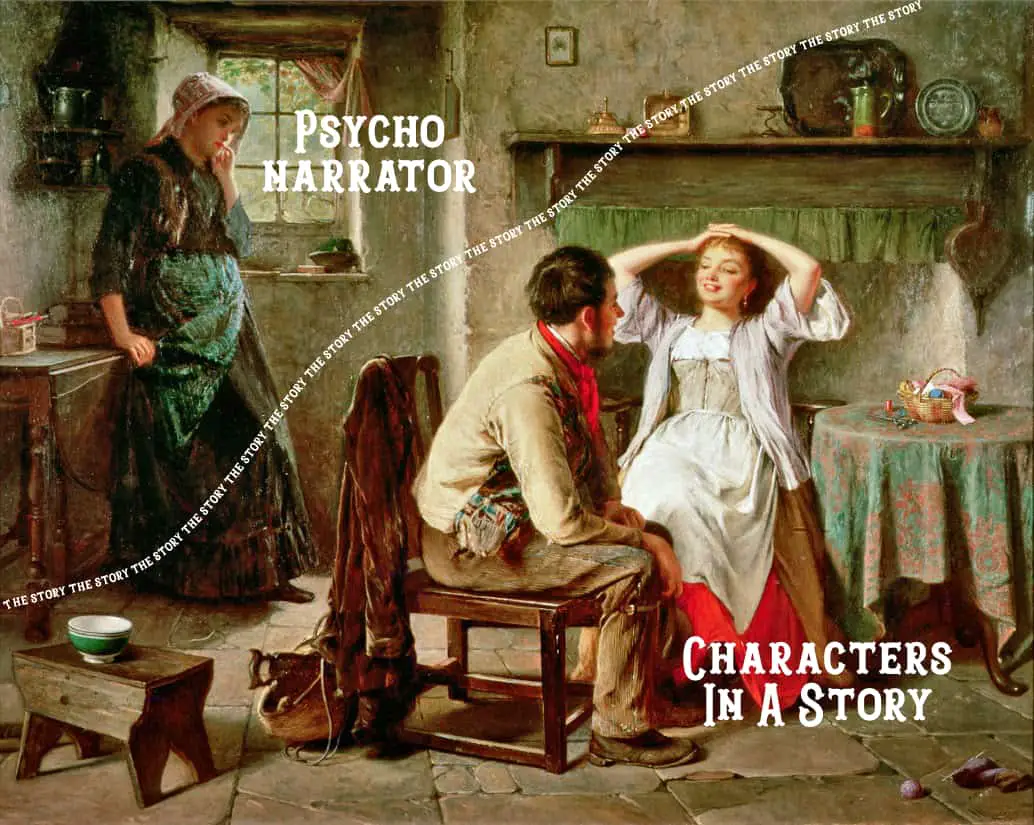
Psycho-narration describes how writers make use of omniscient narrators to reflect their characters’ consciousness. Sometimes, authors use an unseen narrator, but use the language of the character they describe. In other words, psycho narration is an ‘outside’ commentary of a character’s consciousness, but in the character’s own ‘words’. Because there’s no actual talking going on, […]
-
Why Do Authors Leave Characters Unnamed?
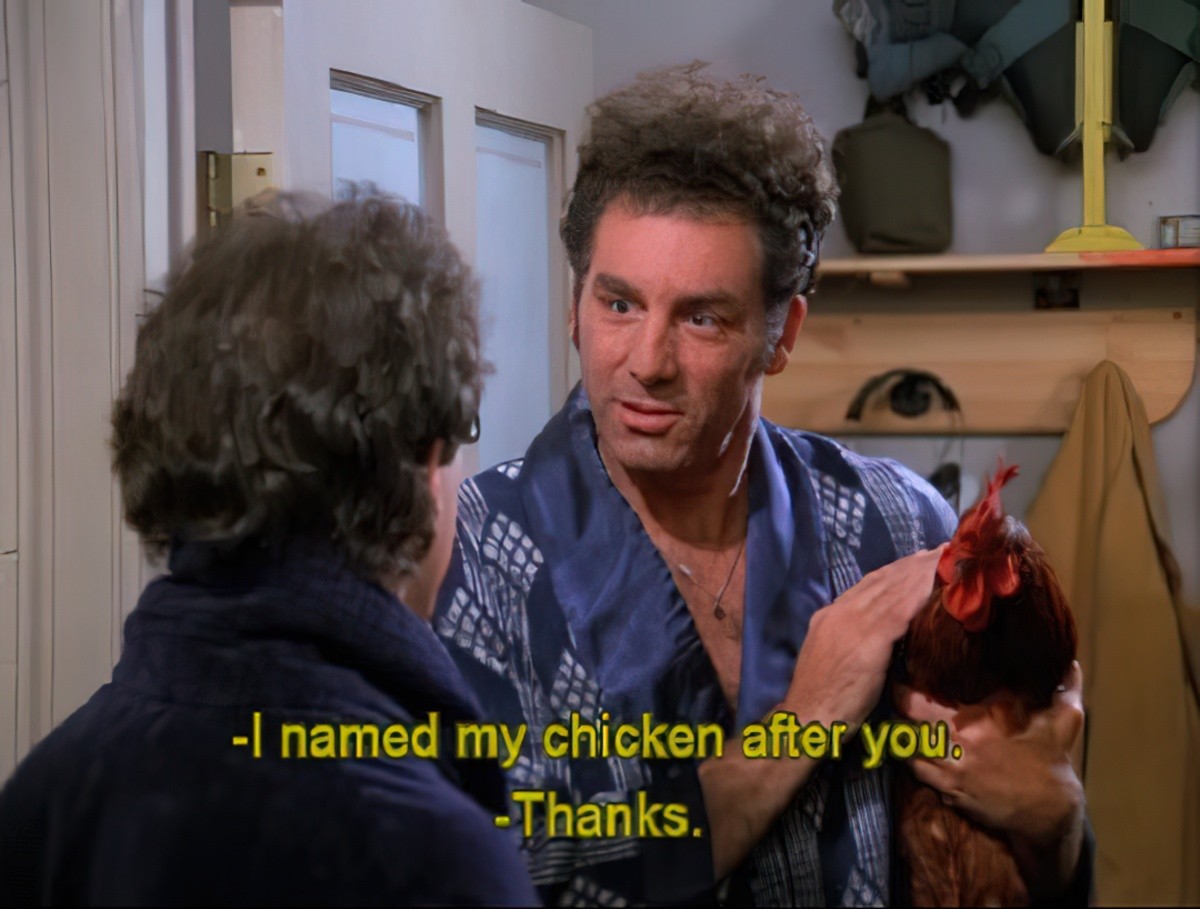
When telling a story, why might a writer choose not to name a character? If you’ve ever written an essay about a fictional work with an unnamed character you’ll realise it’s more hassle not to name a significant character than to just go ahead and call them something. Indeed there are reasons not to.
-
Man Bites Dog Humour
‘Man Bites Dog’ describes inversion humour. I’ve also seen ‘hat on a dog’ describing the same category of joke, in which the audience laughs because the usual way of things is back to front. MAN BITES DOG IN JOURNALISM Journalists also use ‘Man Bites Dog’ to describe stories that are popular because they intrigue via […]
-
Chinoiseries and Picture Books Analysis
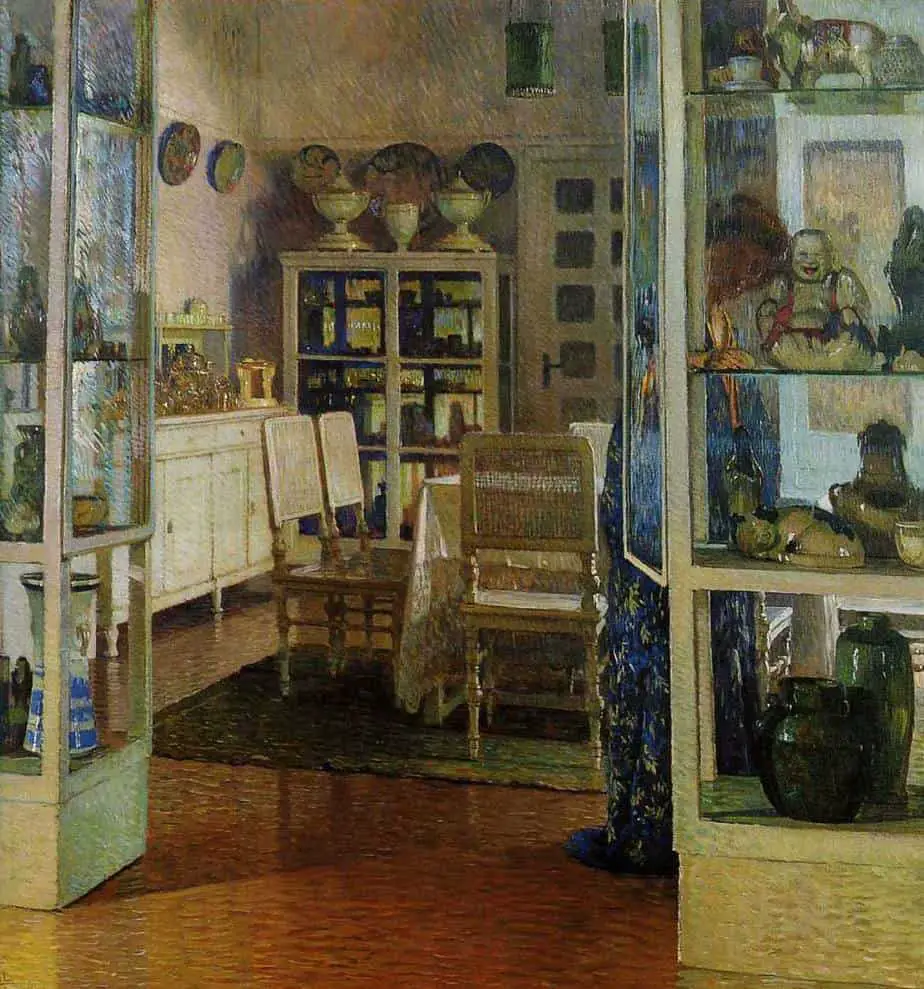
Illustrators of fairy tales frequently choose styles that evoke the periods of history not particularly related to the tales but that they perceive to share the values they find in the tales. Perry Nodelman, Words About Pictures Children’s picture books draw from a great number of traditions. One of those is ‘chinoiseries’, a European mimicry […]
-
Bread and Jam for Frances by Russell and Lillian Hoban Analysis
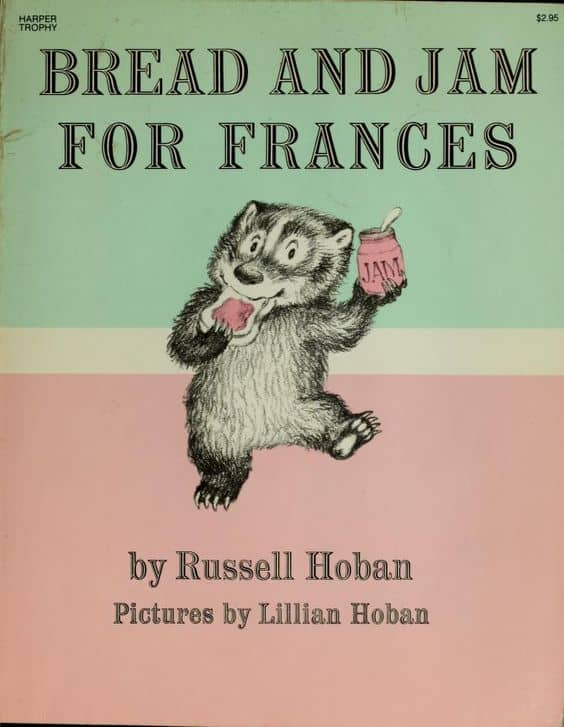
Bread and Jam for Frances is a picture book written by Russell Hoban, illustrated by Lillian Hoban, first published in 1964 as a part of a series about a girl in the body of a badger, who lives in a middle class house and has access to all the spoils you’d expect of 1960s middle […]
-
The Children Stay by Alice Munro Short Story Analysis

“The Children Stay” is a short story by Alice Munro, published in the collection The Love Of A Good Woman (1998). It’s very difficult to write empathetically about women who leave their husbands and children for another man, especially when it’s purely lust driven rather than depicted as ‘pure love’. This is because mothers are […]
-
Goethe and Angela Carter’s Erl-king Short Story Analysis

“The Erl-King” is a short story by Angela Carter based on an old ballad by Goethe, one of the most famous ballads ever told. Carter’s re-visioning doesn’t use the plot from Goethe’s ballad, but borrows some of the atmosphere. Carter inverts the gaze and turns it into something new. As you might expect from Angela […]
-
Cutaway Houses In Picture Books
Cutaway illustrations are described by engineers and architects as ‘sectional axonometric’ drawings. They exist to show the viewer the inside of an object, with emphasis on its parts. In picture books for children, the cutaway illustration is quite often educational in its intent, for example to show the reader the inside of an object of […]
-
Chimneys In Art And Storytelling
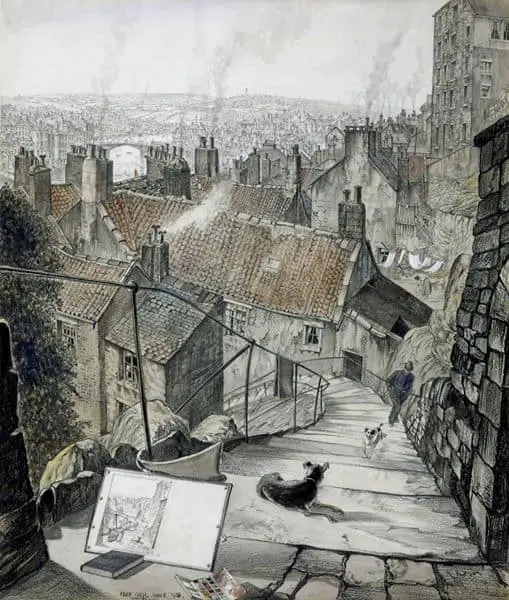
The chimney is a multivalent symbol in storytelling. Chimneys can be cosy and welcoming. A column of smoke rose thin and straight from the cabin chimney. The smoke was blue where it left the red of the clay. It trailed into the blue of the April sky and was no longer blue but gray. The […]
-
Clowns in Art and Storytelling

Once upon a time clowns were an un-ironic take on the jester archetype. Storytellers could make use of clowns to lighten a mood. Shakespeare did it. Toon. A comic relief character generally intended to be recognized as such — Rosencrantz and Guildenstern are toons (most of Shakespeare’s comic relief characters are toons). Toons have a limited […]
-
Loneliness in Art and Storytelling
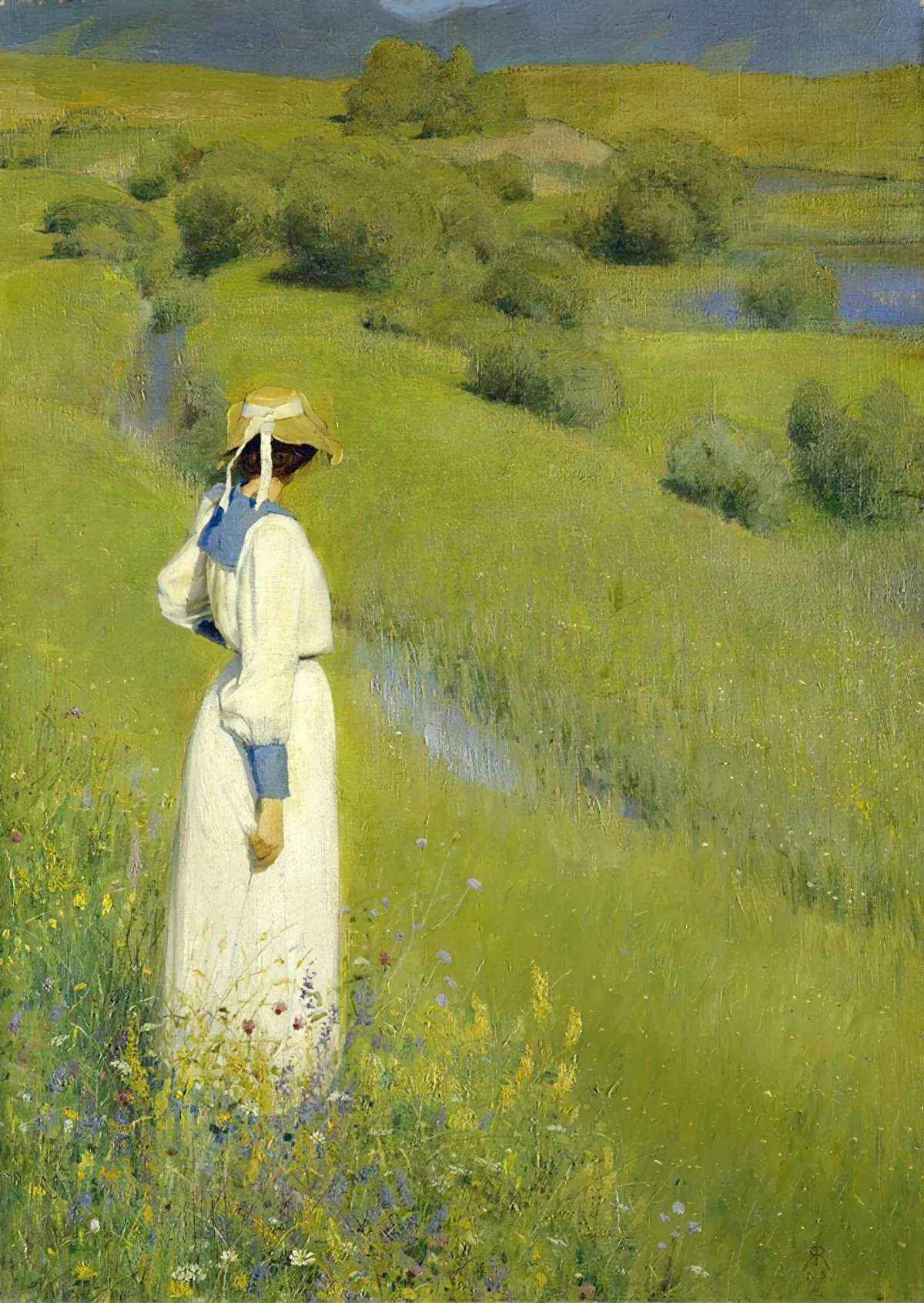
Edward Hopper was a master at depicting loneliness with paint. The sense of isolation is achieved with colour and composition. Eyes don’t meet, or not at the same time. Body language is closed off. Figures are small inside vast spaces, their heads far from the top of the canvas. They gaze from windows as if longing for connection.
-
Jack Sprat Nursery Rhyme Analysis
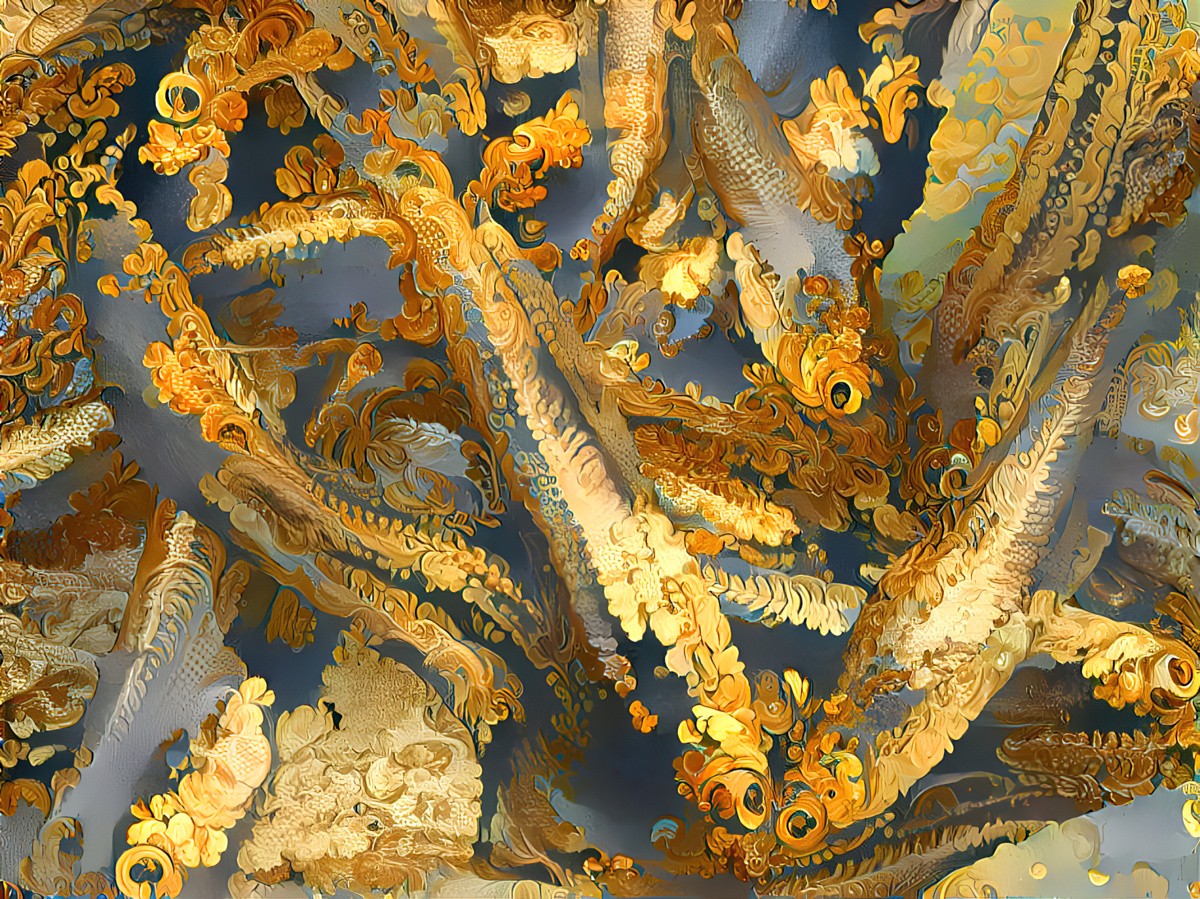
On its surface, “Jack Sprat” is a nursery rhyme about a married couple with complementary tastes in food. In the 1500s, Jack Sprat was the nick name given to small men. Today you can buy sprats in cans from the supermarket. They taste like salty sardines. ‘Sprat’ describes a variety of small forage fish. The defining features of a sprats:…